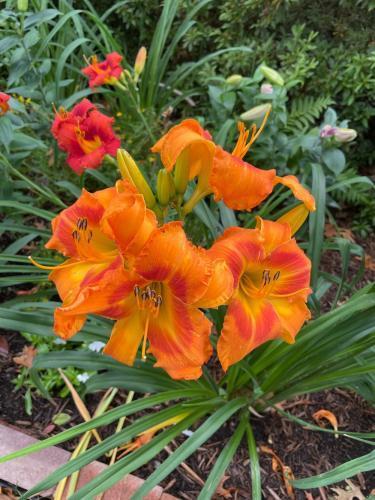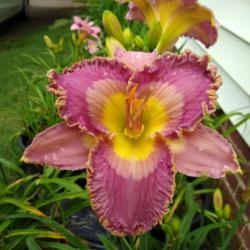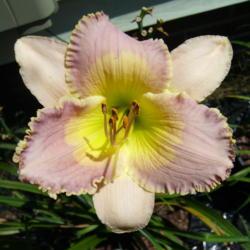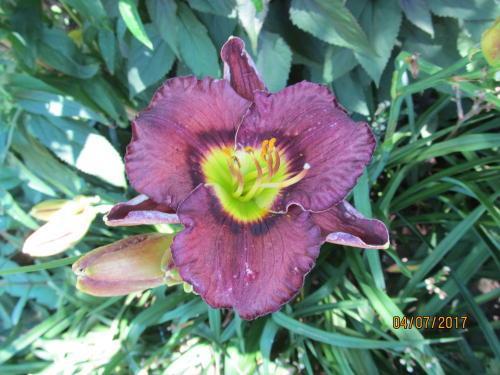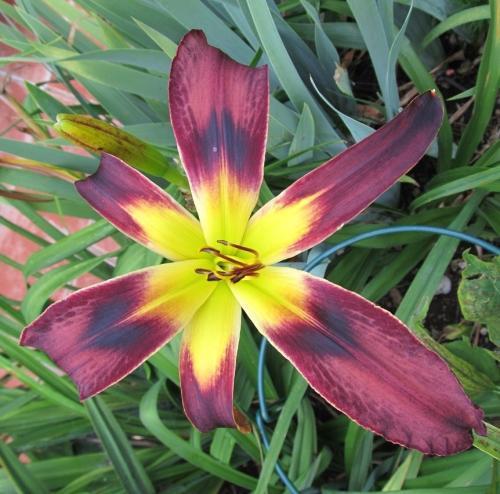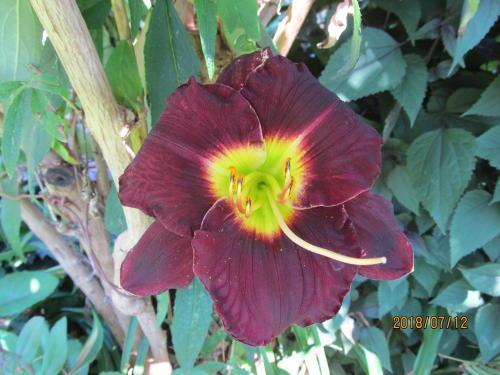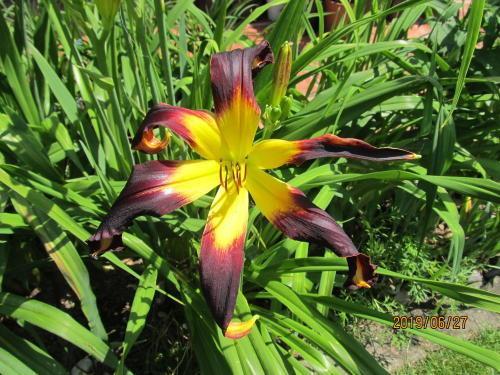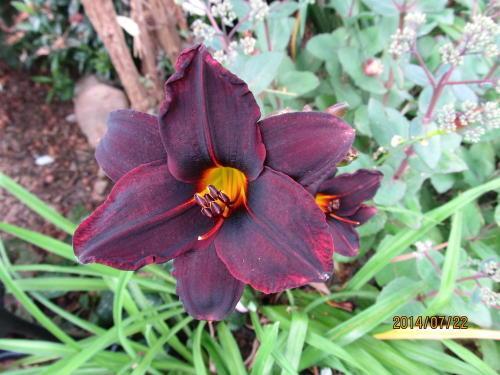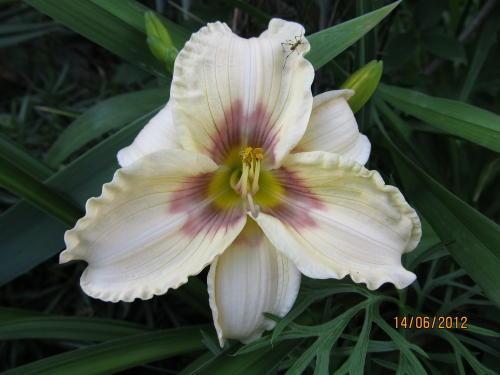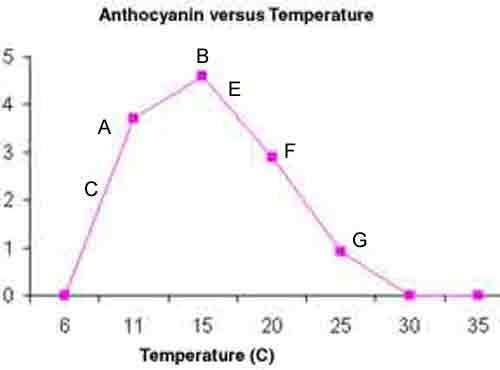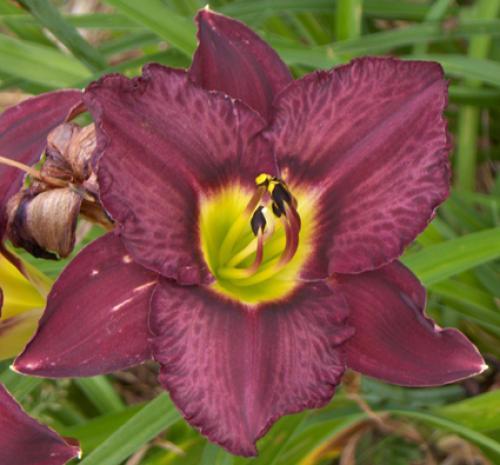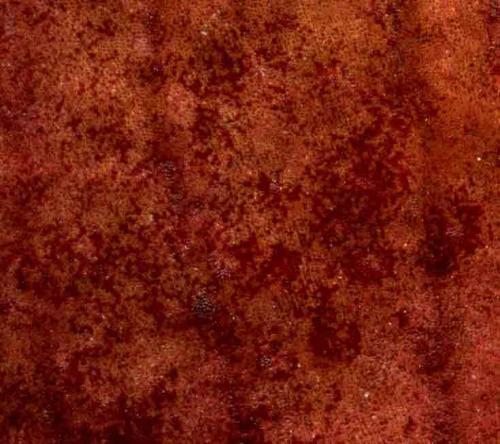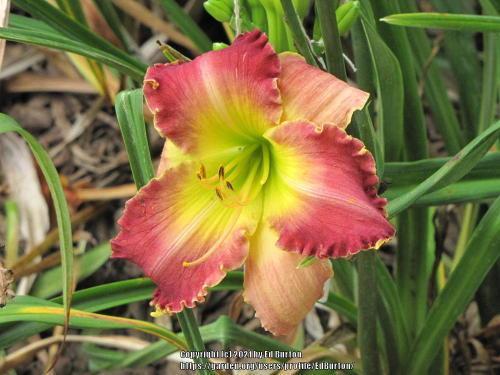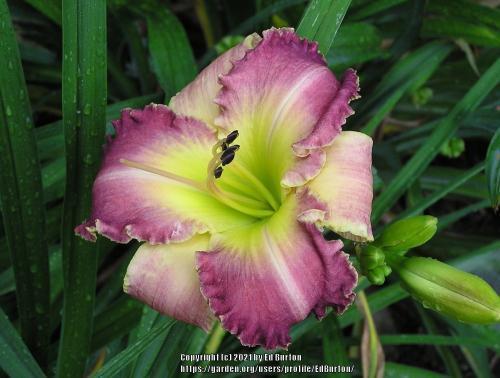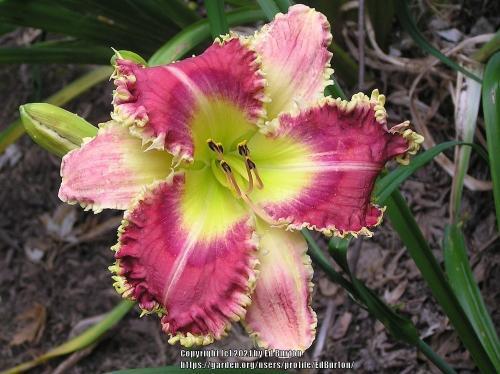Thanks everyone. Let's keep going to solve this mystery.
I've had daylilys in my gardens for nearly 20 years now. Yes - rain amount and sun and temps can impact colors. I agree those kind of changing conditions morph the flowers to make the same color stronger or fade it to lighter.
I purposely put some colors in partial sun vs full sun and you'll find me out there watering when the days get too dry. But never has the whole garden array of pinks morph to more orange. (yes, I am that gardening crazy lady down the road!)
I noticed in the post purchase reviews on the daylily sites once in a long while someone would complain that in their garden the darn thing turned more orange (as a negative comment/blaming the seller for misrepresenting picture). SO I figure there is something going on. No amount of google searching would find the answer - - - so I've turned to you guys- the "on the ground" experts. Need to get to the bottom of this and post the answer.
Yes - soil test is next. Also suspect there is an impact between rain and hand watering, so maybe too acid?
Attached pic of some awesome oranges - and one that should be cream and purple....
